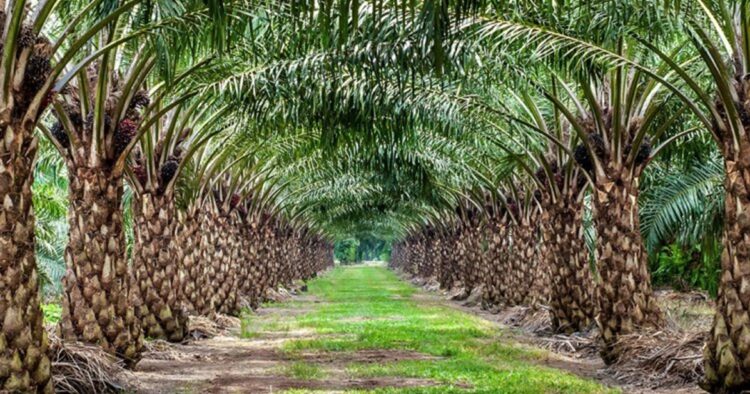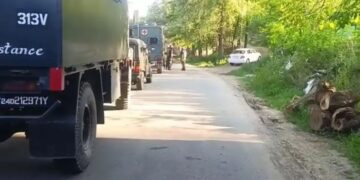Many farmers in Arunachal have been reaping benefits from oil palm cultivation as they are generating a regular income. Taking note of this, State Agriculture Commissioner Bidol Tayeng encouraged other farmers to opt for the same practice.
Oil palm cultivation, irrespective of facing challenges in importing sprouts from other countries and growing them in local and secondary nurseries, is beneficial as oil palm is a highly productive crop yielding up to 6 tons of palm oil per hectare of cultivation.
Palm oil is also the cheapest vegetable oil in the world, and is used extensively for cooking and the production of consumer goods like cosmetics and soap. Subsequently, expanding oil palm cultivation in Bharat will be important for its vegetable oil security.
Elucidating upon the economic benefits of oil palm cultivation, Tayeng was addressing agriculture officers of five eastern districts during two-day training on oil palm cultivation, which concluded at Lower Dibang Valley district HQs Roing on Wednesday.
In Arunachal, oil palm cultivation has been taken up in Lohit, Namsai, Changlang, Tirap and Longding districts and proposed in Lower Dibang Valley, East Siang, Lower Siang and Papumpare districts, he said.
Eastern zone districts constitute about 71 per cent of potential and the targeted areas in the State for cultivation, while East Siang, Lower Dibang Valley and Papum Pare have taken lead though other proposed district are yet to start.
On policy, programmes, directives and targets for cultivation, he clarified not to head to criticism and rumours on adverse impacts of the cultivation.
“I call oil palm cultivation as ATM for farmers as fruits of oil palm bring regular income every fortnight,” he told the participants including agriculture director K Riram, joint director TD Nechom and Oil Palm ADO Idar Nyori and other officials.
Centre’s OPAE includes Arunachal
It is pertinent to note that Arunachal is included under Centre’s Oil Palm Area Expansion or OPAE scheme for oil palm cultivation in 2014 and National Mission on Oilseed and Oil Palm from 2014 to 2018.
The State is included under National Food Security Mission-Oil Palm and implemented from 2018. State Department of Agriculture is a nodal agency for implementing the programme in the State.
The Centre has proposed oil palm area expansion targets of 40,000 ha for next five years from 2021 to 2026 under National Mission on Edible Oil-Oil Palm.
However, the Central Government had approved annual action plan for the State an amount of Rs 1,868.83 lakhs (Rs 1,685.40 lakh as Central share and Rs 183.44 lakh as State share) for coverage an area of 600 ha under oil palm cultivation during 2021 year.

















Comments